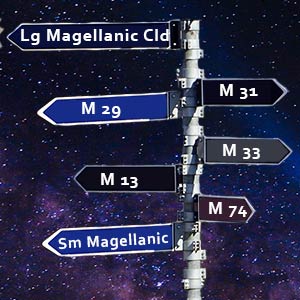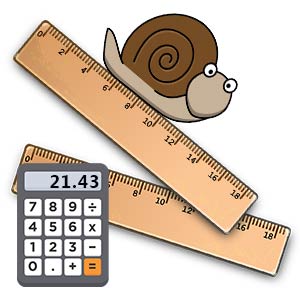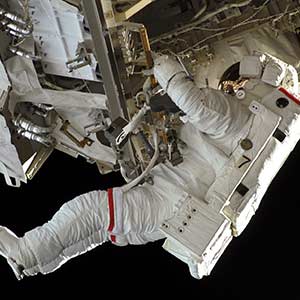Page 10


Did You Know
Did You Know is a new feature in the Observer Newsletter, and members of the BVAC submit one random fact about astronomy, space, space travel - any fact members find interesting and would like to share with our readers. It is purely random and not related to any particular subject matter. It's a quick read - so enjoy our astronomy and space tidbits.
How Crowded is Space?
The distance to the nearest star is around 9,000 solar system diameters (using Neptune as the limit) while the distances to several galaxies in terms of the diameter of the Milky Way are:
| Galaxy | Distance in Milky Way Diameters |
|---|---|
| Large Magellanic Cloud | 1.5 |
| Small Magellanic Cloud | 1.9 |
| M31 | 22 |
| M33 | 24 |
So, stars within the galaxy are very sparse while the distance between galaxies is relatively crowded!
Submitted by Mark Spearman

How Much is a Furlong Per Fortnight?
After the last club meeting, there was a discussion in the parking lot that drifted into absurd technical humor. The question was asked, "How much is a furlong per fortnight".
1 furlong = 660 ft., 220 yds., 1/8 mile
1 fortnight = 14 days
1 furlong/fortnight = (660 x 12) / (14*24) = 21.43 inches/hour
21.43 inches/hour x 2.54 cm/inch = 51.9 cm/hour
Did you know that 1 furlong/fortnight = 21.43 inches/hour or 51.9 cm/hour?
Submitted by Randy Light

Geosynchronous and Geostationary Orbits
While all geostationary orbits are geosynchronous, not all geosynchronous orbits are geostationary. A geosynchronous orbit is equal to a sidereal day, which is why it appears in the same place at the same time of day. It will trace an orbital path over the course of a day much like the Sun does over the course of a year.
Geostationary orbits are in equatorial orbits at a little over 35K kilometers, which means that everyone will see it in the same place in the sky (like a star) at any time. All satellites deviate from their positions slightly. However, when photographing at fast focal ratios i.e.(f/2) over a few minutes, they wouldn't appear to trail.
It would be a fun photography project idea for anyone to attempt. Especially, since no guiding or mount tracking is necessary.
Submitted by Don Carona
Animation by Talifero [Public domain], from Wikimedia Commons

How Does Space Smell?
NASA astronauts who returned from spacewalks described the odor in the International Space Station airlock that lingered on their suits as that of gunpowder, hot metal, or welding fumes.
Submitted by Ginger Wentrcek

Space is Closer Than you Think
If you could drive your car "straight up" on an imaginary road at 62 m.p.h., you would arrive at the Karman Line, the universal marker for the beginning of outer space, in one hour.
Ginger Wentrcek

